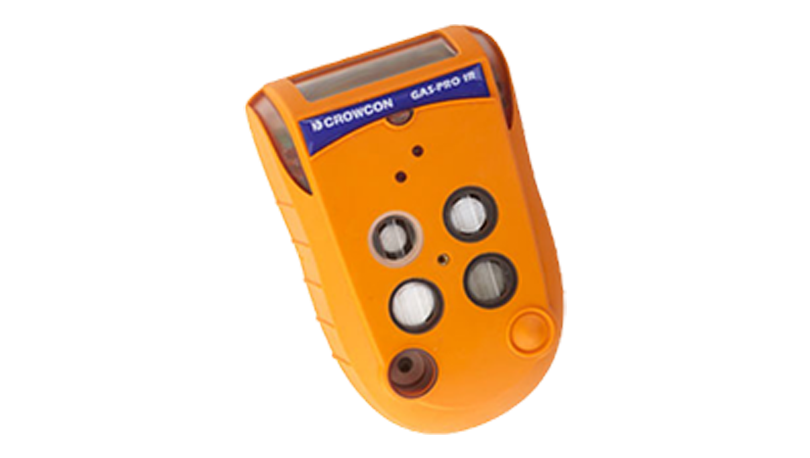
so2
Svovldioxid
Svovldioxid (SO2) er en farveløs og ekstremt giftig gas.
Det har en stærk lugt, som en tændstik, der lige er blevet slukket, og som kan kvæle folk i nærheden.
Almindelige anvendelser af svovldioxid omfatter svovlsyreproduktion, papirmasse- og papirfabrikker, kemisk forarbejdning, fødevare- og drikkevareproduktion og olieraffinaderier.
Det skabes ved afbrænding og smeltning af fossile brændstoffer og svovlholdig mineralmalm. Når det opløses (f.eks. i regn), danner det svovlsyre - som er stærkt ætsende. Det er derfor, at svovldioxid kan give forbrændinger i luftvejene ved indånding.
Farveløs med en skarp lugt
Giftig og irriterende
Giftig ved indånding
Reagerer med fugt og danner svovlsyre
Naturligt forekommende
Mere om svovldioxid
| Fare | Giftig, ætsende og irriterende for åndedrætsorganerne, øjnene og huden |
| Klassificering | Akut toksicitet; oxiderende middel |
| Eksponeringsgrænser |
(OSHA) PEL\TWA: 5 ppm |
| Tilstedeværende industrier | Forbrænding af fossile brændstoffer, smeltning af metal, kemisk produktion, papirproduktion |
| Sundhedsmæssige virkninger |
Forårsager irritation af luftvejene, ubehag i halsen, hoste og kan forværre lungesygdomme som astma |
| Miljøpåvirkning | Stor bidragyder til syreregn, skadelig for vegetation, vandliv og luftkvalitet |
| Varighed i luft | Kan forblive i atmosfæren i dage til uger, afhængigt af miljøforholdene |
Når svovldioxid opløses i vand, bliver det til svovlsyre. Det er en stor del af syreregnen, som skader miljøet ved at ødelægge afgrøder, skove og levesteder for vilde dyr. Det nedbryder også materialer og bygninger.
Ud over miljøpåvirkningen fra svovldioxid i alle dens former er dette stof også skadeligt for menneskers sundhed. Når det indåndes eller indtages, kan det påvirke åndedrætssystemet og forårsage overbelastning, irritation af ørerne, hvæsende vejrtrækning, astmaanfald og i værste fald bevidstløshed.
Hvis man udsættes for svovldioxid, er det vigtigt at handle hurtigt, for når SO2 reagerer med kropsfugtighed, dannes der svovlsyre og svovlsyre, som kan forårsage kemiske forbrændinger.
Berørt eller snavset tøj skal straks tages af, før udsatte områder af kroppen vaskes med almindeligt vand eller saltvand i op til fem minutter. Kontaktlinser skal også fjernes for at undgå traumer på øjet.
Ved åndedrætsbesvær kan iltmasker bruges til at stabilisere systemet. Ved mere alvorlige vejrtrækningsvanskeligheder skal personen overføres til intensivafdelingen og støttes i vejrtrækningen ved hjælp af HLR.
Sådan opdager du svovldioxid
Har du brug for ekspertråd?
Teamet her hos Crowcon er førende inden for gasdetektering og har tilsammen årtiers erfaring med at arbejde med og omkring stoffer som ammoniak. Hvis du vil have råd om gasdetektering og sikkerhed, står et medlem af vores team altid klar til at vejlede dig om de bedste ressourcer og råd til at holde dig, dit anlæg og dit personale sikre.
Læs om Crowcons Privatlivs- og cookiepolitik her. Hvis du skifter mening, kan du til enhver tid afmelde dig igen.















